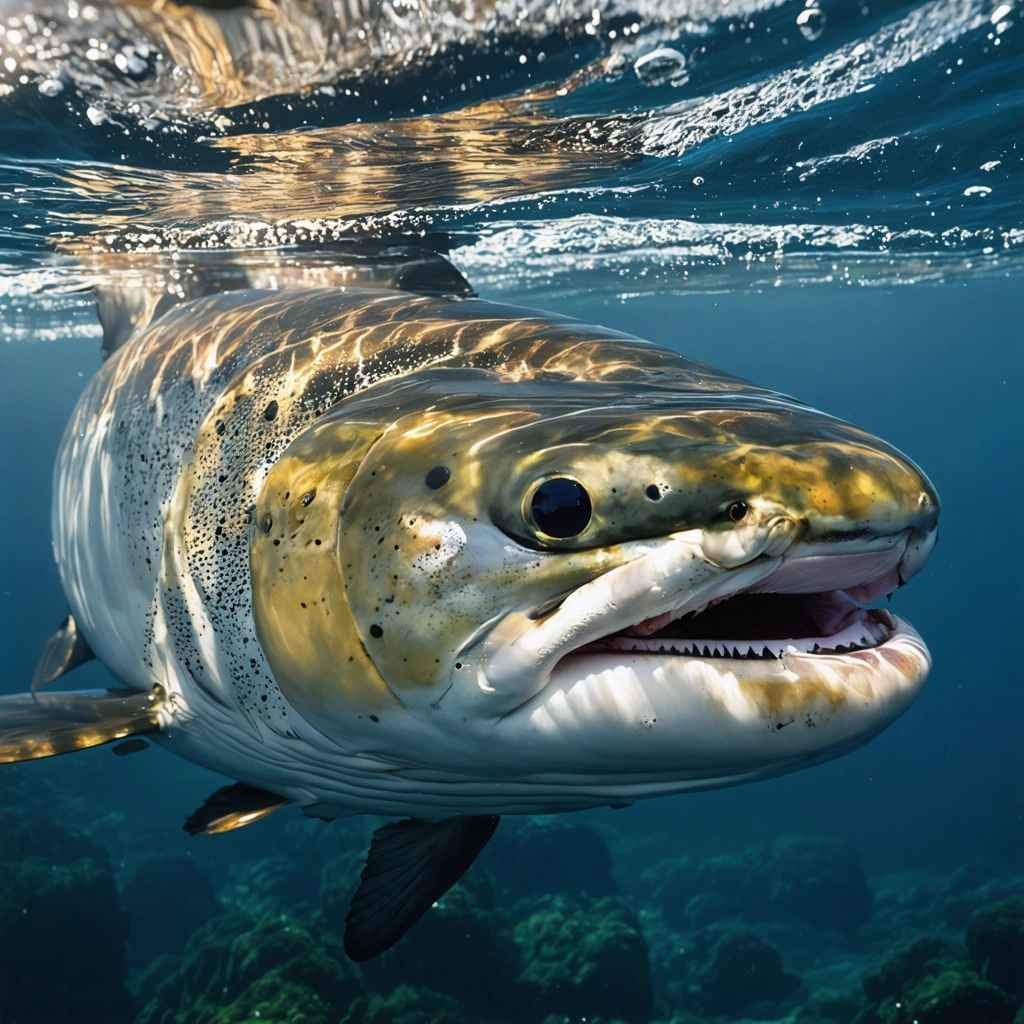
Introduction: A Turning Point for Salmon and Communities
The story of salmon in the Pacific Northwest is both inspiring and cautionary. Over the years, the rich, life-giving waters that once teemed with abundant salmon have been drastically altered by the introduction of dams. These structures, though engineered to support human needs such as electricity generation and water management, inadvertently disrupted natural migratory patterns and led to environmental degradation. However, a coalition of tribal leaders, commercial fishermen, and small environmental groups united in an unprecedented campaign to challenge the status quo. Their collective goal was to restore ecological balance and secure a sustainable future not only for salmon but for the communities that depended on them. This article examines the strategic fight against dam projects that threatened salmon populations, highlighting the intersection between cultural heritage, economic necessity, and environmental stewardship.
Historical Background and the Impact of Dams
The Ecological Role of Salmon
Salmon have long been a keystone species in both ecological and cultural contexts. Their biological cycles contribute to nutrient recycling within riverine systems, supporting diverse ecosystems. For indigenous communities, salmon represent tradition, sustenance, and spiritual heritage. Over centuries, these communities have established a deep connection with the natural world, developing practices that honor and preserve salmon populations.
The Advent of Dams and the Resulting Challenges
The advent of dam construction in the 20th century marked a dramatic change. While dams provided benefits such as hydroelectric power, irrigation, and flood control, they also obstructed natural salmon migration routes. This impediment resulted in declining numbers, disrupting the traditional lifestyles of indigenous groups as well as commercial fisheries. The story of salmon thus evolved into one of survival against engineered obstacles. Environmental degradation increased as a ripple effect: the loss of migratory salmon cascaded through ecosystems, impacting predators and altering river dynamics.
The Coalition: Tribal Leaders, Commercial Fishermen, and Environmental Advocates
Uniting Diverse Voices for a Common Cause
What makes this campaign unique is the collaborative action between tribes, fishermen, and emerging environmental groups. Despite varied interests, each stakeholder recognized the intertwined fate of ecological health and economic stability. Some key aspects of this coalition included:
- Cultural Stewardship: Tribal leaders utilized ancestral knowledge and strong communal bonds to emphasize the spiritual and ecological importance of salmon.
- Economic Imperatives: Commercial fishermen argued that sustainable practices and healthy salmon populations were essential for their economic survival.
- Environmental Advocacy: Small environmental groups provided scientific research, mobilized grassroots support, and generated media coverage that brought broader attention to the issue.
Constraints and Opportunities in the Campaign
A major challenge was aligning the disparate strategies and agendas of these groups. However, the following strategies helped forge a unified course of action:
- Establishing common objectives centered around ecological preservation and economic recovery.
- Conducting scientific studies that quantified the detrimental impacts of dams on salmon reproduction rates.
- Forming alliances with local business leaders and policymakers to influence regulatory decisions.
Each stakeholder contributed unique insights that enriched the campaign’s overall strategy. Their shared resolve eventually led to the formation of a robust advocacy network that challenged entrenched interests in dam construction and water resource management.
Strategies, Outcomes, and Lessons Learned
Innovative Approaches to Legislative and Community Action
The campaign against dam projects integrated innovative lobbying and public engagement strategies. A blend of legal challenges, media campaigns, and community forums provided a multifaceted approach that addressed both political and public trust. Some notable strategies included:
- Legal Advocacy: Collaborating with environmental lawyers to challenge the permitting process for new dam constructions proved instrumental in raising legal hurdles against unsustainable projects.
- Media Outreach: Effective use of traditional and digital media platforms helped spread awareness about the ecological and economic impacts of environmental degradation.
- Community Mobilization: Town hall meetings, rallies, and public forums strengthened local support and fostered networking among affected communities.
Quantifying the Outcomes
The collaborative efforts not only halted several dam projects but also led to policy reforms. The following table summarizes the key contributions of each stakeholder group:
| Stakeholder | Role | Main Contribution |
|---|---|---|
| Tribal Leaders | Cultural and Strategic Advocacy | Mobilizing ancestral knowledge and community networks to pressure policymakers. |
| Commercial Fishermen | Economic and Practical Advocacy | Highlighting the economic necessity of sustainable practices to protect livelihoods. |
| Environmental Groups | Research and Outreach | Providing scientific evidence and building public awareness through targeted campaigns. |
As a result of these combined efforts, several dam projects were either re-engineered to include fish passages or entirely scrapped, leading to the revival of salmon migration routes and a gradual improvement in river ecosystems.
Lessons for Modern Environmental Campaigns
The success of this uphill battle offers valuable lessons for contemporary environmental campaigns. Key takeaways include:
- The Power of Collaboration: Diverse groups can achieve shared goals by leveraging their unique strengths. Both cultural legacy and scientific inquiry proved critical.
- Adaptive Strategies: Combining legal, political, and grassroots approaches allows potential obstacles to be addressed from multiple angles.
- Long-Term Vision: Resilient campaigns are driven by a vision that transcends immediate gains, focusing on sustained environmental and economic benefits.
In conclusion, the collaborative campaign against dam construction stands as an emblem of what can be achieved when communities unite for a common purpose. The fight for the salmon was not merely about a single species but was a broader struggle for environmental justice, cultural preservation, and economic sustainability. As societies continue to balance development with conservation, the lessons learned from this campaign serve as a reminder that impactful change is possible even against formidable odds.
Moreover, the campaign has reshaped perceptions at a policy level. Decision-makers have become increasingly cognizant of the importance of integrating environmental considerations into infrastructure projects. The business community, often seen as solely focused on profit, has recognized the integral role that healthy ecosystems play in long-term economic success. The renewed dialogue between environmentalists, indigenous representatives, and commercial interests heralds a new era where multi-dimensional collaboration is at the forefront of policy change.
Future efforts will undoubtedly build on the spirit of unity displayed during this campaign. Groups are exploring new partnerships, leveraging technology for better scientific analyses, and enhancing public engagement through social media. The legacy of this battle is a model for sustainable development, blending respect for tradition with innovative approaches to modern challenges.




